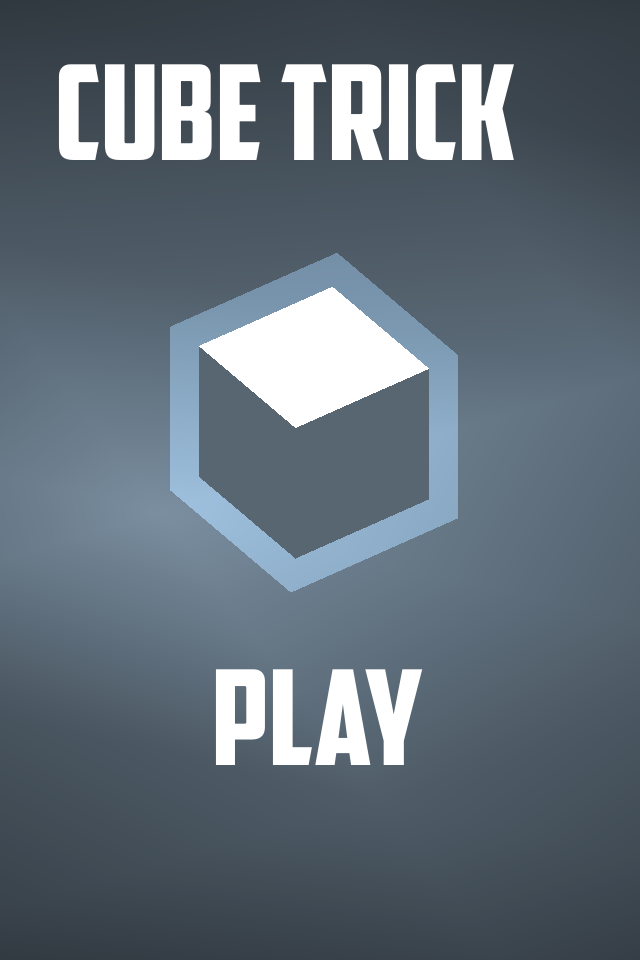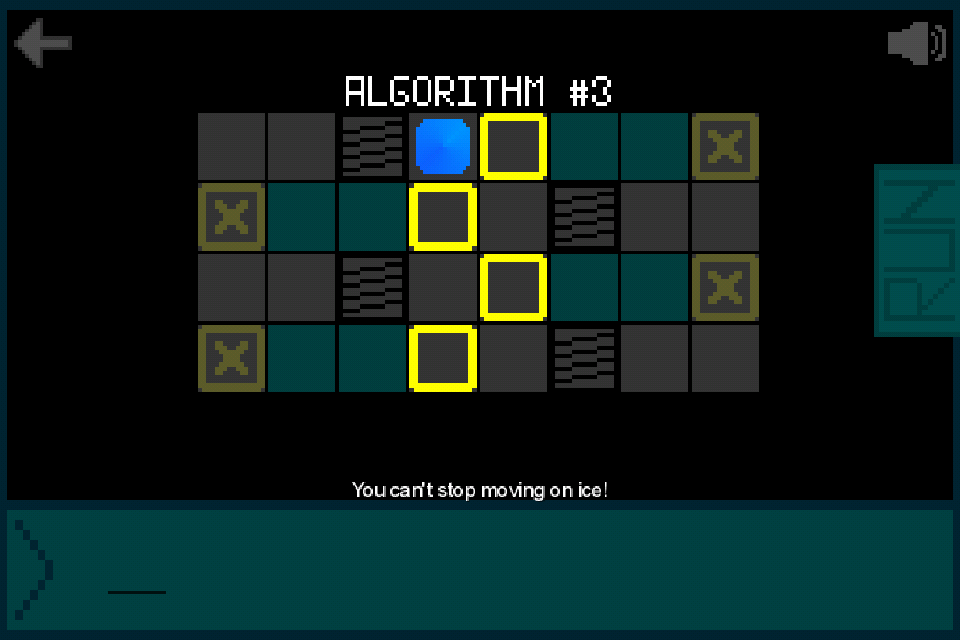Andrew Juell was the first to solve the secret ending of the game 10:
I haven't reviewed 10 yet, but it is very good and it's on the list of games I'll review in the future. If you don't have it yet, waste no time and take advantage of this opportunity.
Ten cheers for Andrew and his prowess!
Here are the promo codes:
PLWPJT6A9TE4
J9A6WK7L37TR
7WP4TYAAPHMK
ENH7XW96PJJL
X3XYL9JLF74E
MLXF69RXPTA9
K7KAPX939MWW
AEEN9KKPKMMR
LML4HA7367MT
YKLYYHK9HJFE
If you don't want to miss news like this, follow me on Twitter.
©2014 Nicola Salmoria. Unauthorized use and/or duplication without express and written permission is strictly prohibited. Excerpts and links may be used, provided that full and clear credit is given to Nicola Salmoria and nontrivialgames.blogspot.com with appropriate and specific direction to the original content.
Andrew J. and Dallas Y. solved the final puzzle of 10! Who will be next? http://t.co/7l83wUNIBu -- pic.twitter.com/42W6xgkmVy
— 10 & 9 by IOJOE (@10TheGame) January 15, 2014As a reward, Andrew got (not surprisingly!) ten promo codes for the game, and generously decided to donate them to the readers of this blog.I haven't reviewed 10 yet, but it is very good and it's on the list of games I'll review in the future. If you don't have it yet, waste no time and take advantage of this opportunity.
Ten cheers for Andrew and his prowess!
Here are the promo codes:
X3XYL9JLF74E
MLXF69RXPTA9
K7KAPX939MWW
AEEN9KKPKMMR
LML4HA7367MT
If you don't want to miss news like this, follow me on Twitter.
©2014 Nicola Salmoria. Unauthorized use and/or duplication without express and written permission is strictly prohibited. Excerpts and links may be used, provided that full and clear credit is given to Nicola Salmoria and nontrivialgames.blogspot.com with appropriate and specific direction to the original content.














































